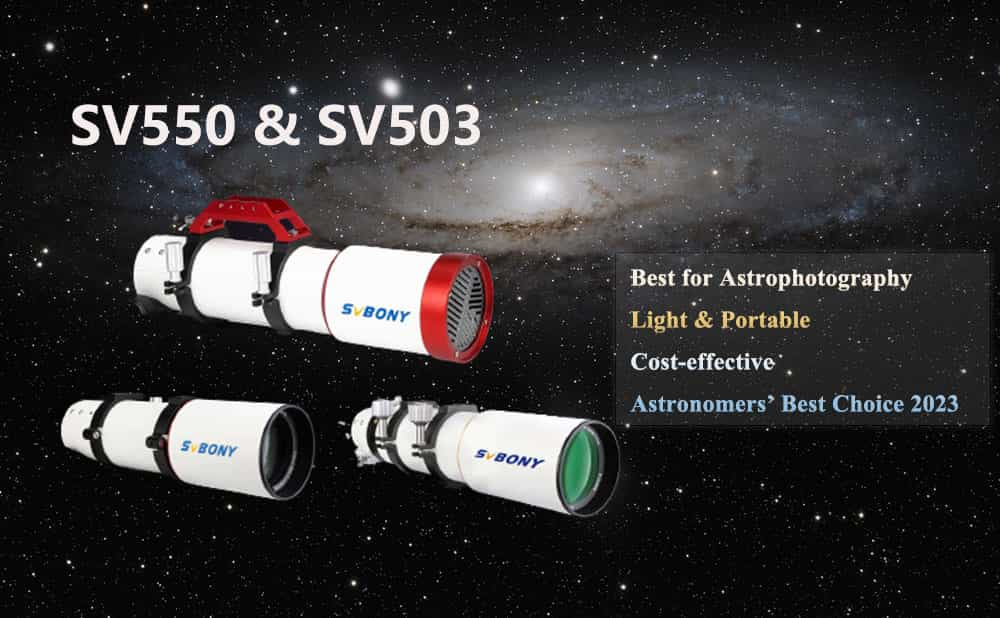A Beginner's Guide to Selecting an Entry-Level Astrophotography Kit

A Beginner's Guide to Selecting an Entry-Level Astrophotography Kit
A Beginner's Guide to Selecting an Entry-Level Astrophotography Kit
Embarking on the mesmerizing journey of astrophotography is an exciting endeavor, but choosing the right entry-level kit can be overwhelming for newcomers. With so many options available, it's essential to make an informed decision that aligns with your interests and budget. In this blog, we'll guide beginner astronomers through the process of selecting an entry-level astrophotography kit that sets them on the path to capturing stunning celestial wonders.
1. Define Your Interests and Goals:
Before diving into the world of astrophotography, take a moment to clarify your objectives:
Deep-Sky Objects: Are you interested in capturing galaxies, nebulae, and star clusters?
Solar System: Do you want to photograph planets, the Moon, and the Sun?
Wide-Field: Are you more inclined towards landscape astrophotography, including star trails and Milky Way shots?
Understanding your preferences will help you choose the right equipment for your specific interests.
2. Selecting the Right Telescope:
For beginners, a refractor or a reflector telescope with a reasonable aperture size (around 70mm to 100mm) is an excellent starting point. These telescopes offer a good balance between portability and performance. Consider features like ease of setup, durability, and a stable mount for long-exposure photography. Here you can choose SVBONY SV503 ED series or SV550 80 F6 APO.
3. Opt for a Sturdy Mount:
A stable and reliable mount is crucial for astrophotography. Equatorial mounts are preferred for their ability to track celestial objects as they move across the sky. Look for a motorized or GoTo mount to simplify object tracking.
4. Choose the Right Camera:
A DSLR camera with manual settings is an excellent choice for beginners. It allows you to adjust exposure settings, change lenses, and capture high-quality images of the night sky. Just like SVBONY SV405CC, which is suitable for for deep space astrophotography. Mirrorless cameras with interchangeable lenses are also becoming popular in astrophotography.
5. Consider Accessories:
Invest in a few essential accessories to enhance your astrophotography experience:
Tripod: For wide-field and landscape astrophotography.
Autoguider: Helps maintain precise tracking during long-exposure shots, such as SV905 Guide Camera and SV165 Guide Scope Combination
Filters: Light pollution and narrowband filters can improve image quality. We recommend SVBONY star product SV220 7nm Dual-band Filter 1.25”/2”
Intervalometer: Useful for capturing time-lapse sequences.
6. Research and Learn:
Familiarize yourself with astrophotography techniques and post-processing software. There are numerous online resources, books, and courses available to help you build your skills.
7. Budgetary Considerations:
Astrophotography can be an expensive hobby. Set a reasonable budget that accommodates your interests and ensures you have room for necessary accessories and software.
8. Patience and Practice:
Astrophotography is a learning process. Be prepared for a learning curve and embrace the challenges as part of the journey. With practice, your skills will improve, and your images will become more captivating.
Conclusion
Choosing the right entry-level astrophotography kit is an exciting step towards exploring the wonders of the cosmos through your lens. Remember to align your kit with your interests, invest in quality equipment, and be patient with your progress. As you develop your skills and capture breathtaking celestial images, you'll find that astrophotography is a rewarding and awe-inspiring hobby.
If you want to learn more about astronomical gears, you can refer to https://www.svbony.com/solution/
Happy stargazing and photographing!








